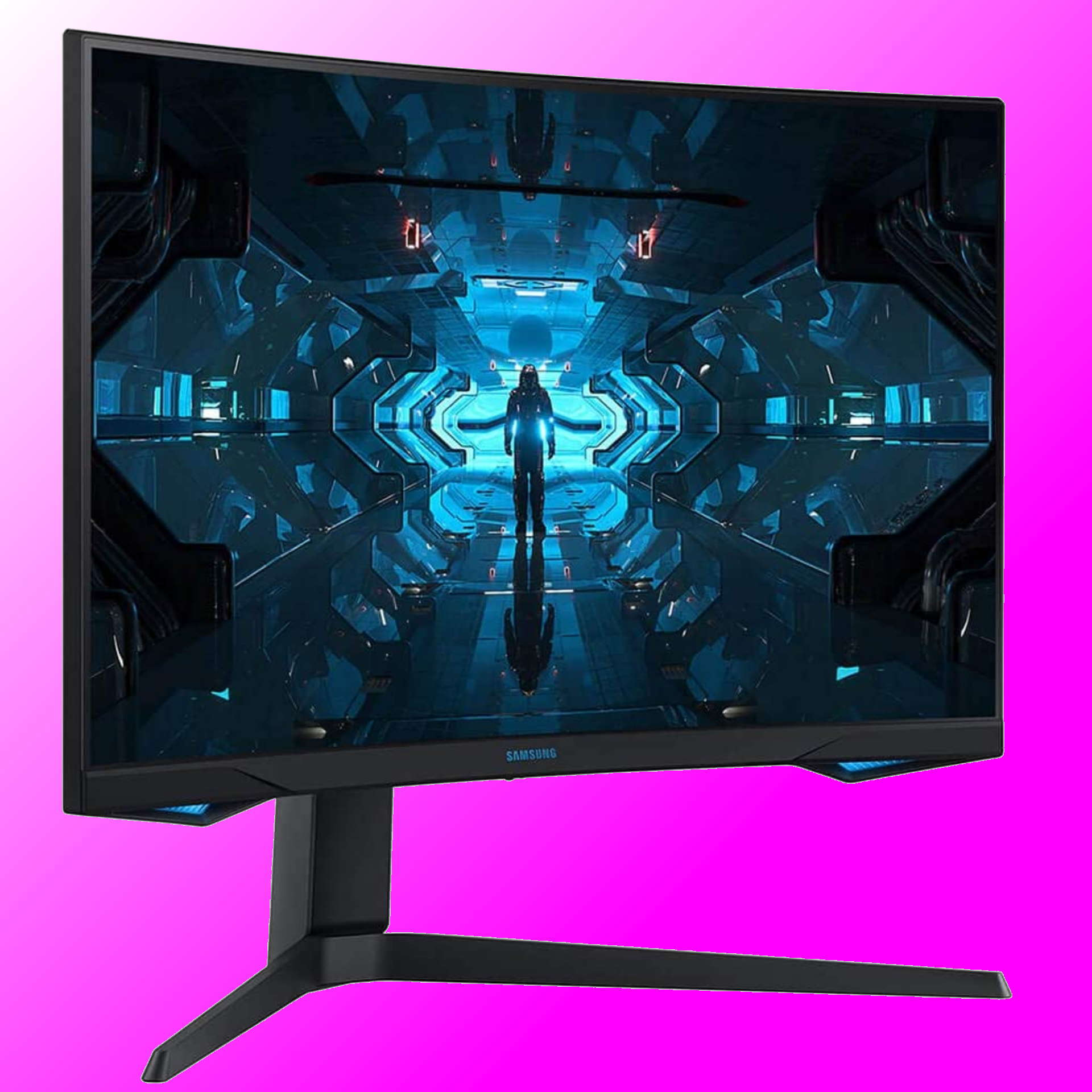OLED gaming monitors in the very near future could well be substantially better than those in current use, if the claims of a display manufacturer are to be believed. Applied Materials’ new manufacturing process, called MAX OLED, is purported to result in up to three times more brightness and a lifespan five times better than current production methods.
Apart from their high prices, there are a couple of things that have always put me off getting an OLED monitor. First of all, they’re not very bright compared to a decent IPS display and while that’s fine in a darkened gaming den, it’s less convenient in a bright office.
Secondly, there’s the ever-present worry over pixel burn-in. However, according to Applied Materials’ press release (via FlatpanelsHD), these could be things of the past if the likes of Samsung and LG adopt its new manufacturing process, called MAX OLED.
“Applied’s proprietary solution uses selective deposition to enable excellent pixel placement accuracy, more than doubling the amount of OLED material per area as compared to previous technologies. The technology can increase OLED display brightness by as much as 3X and increase resolution by as much as 2.5X, to approximately 2,000 pixels per square inch. The solution can also reduce display power consumption by more than 30 percent and increase display lifetime by up to 5X.”
Rather than using masks to mark out where the OLED materials get deposited on the glass substrate, the primary base for the display panel, Applied is using a proprietary system to place individual red, green, and blue pixels as required. The upshot is that the pixels themselves can be larger (thus emitting more light) and more tightly packed together (improving pixel density).
It’s worth noting that Applied Materials isn’t some random research company: It’s one of the world’s largest manufacturers of panel production equipment, so it certainly knows a thing or two about making OLED screens. It designs and builds the equipment for others to use, much in the same way that ASML makes chip fabrication units that are bought by TSMC, Intel, and others.
Samsung is apparently one of the first big companies to sign up for MAX OLED so there’s a good chance that we’ll see gaming monitors, using panels made via the new process, quite soon.
While I suspect that none of this is cheap to buy and thus the price of the resulting display will be fearsomely expensive, I am encouraged that genuine progress is being made at making OLED displays brighter and longer-lasting. Now I just need a MAX CASH production system for my bank account so I can save up to buy one, when they eventually come to light.

Best gaming monitor: Pixel-perfect panels.
Best high refresh rate monitor: Screaming quick.
Best 4K monitor for gaming: High-res only.
Best 4K TV for gaming: Big-screen 4K PC gaming.











